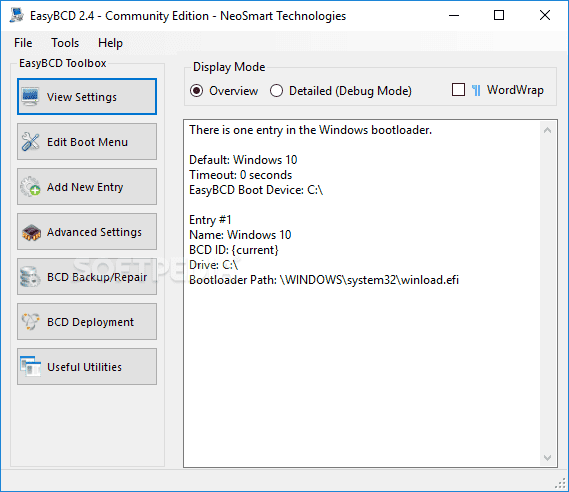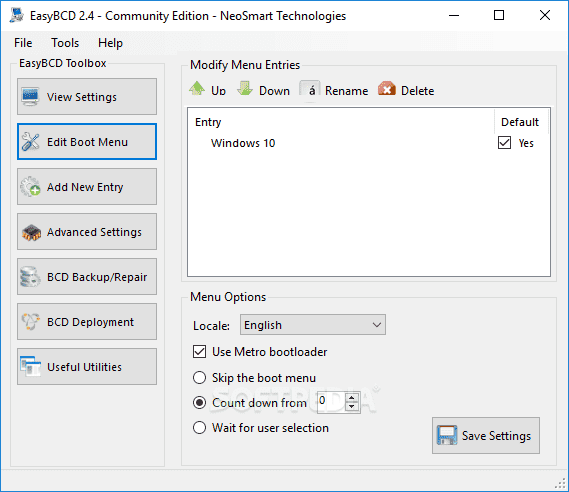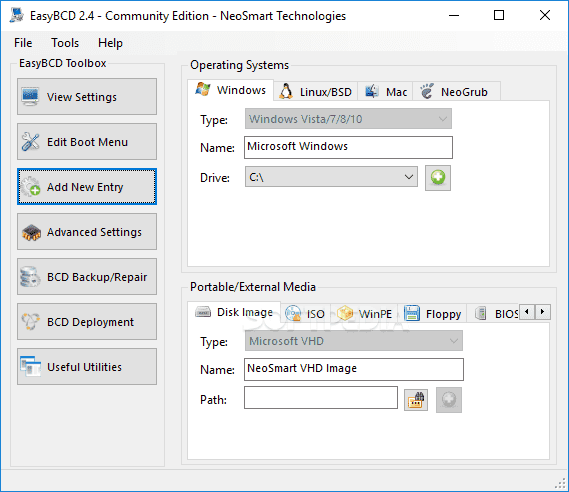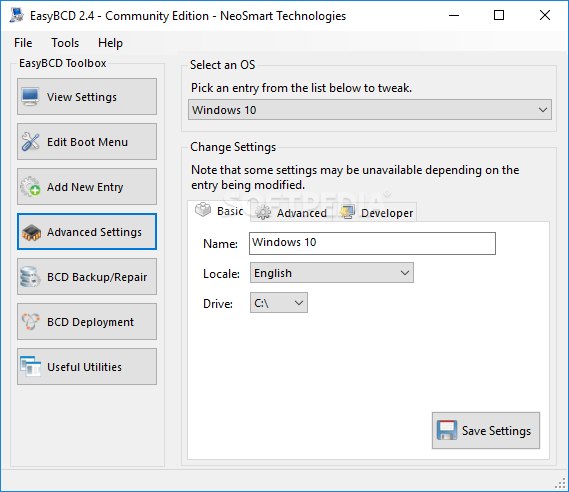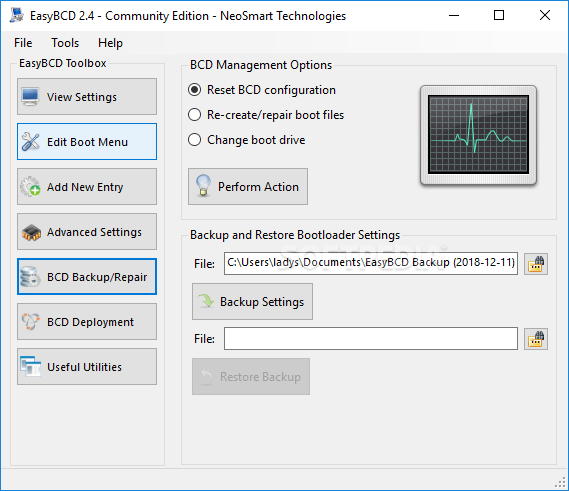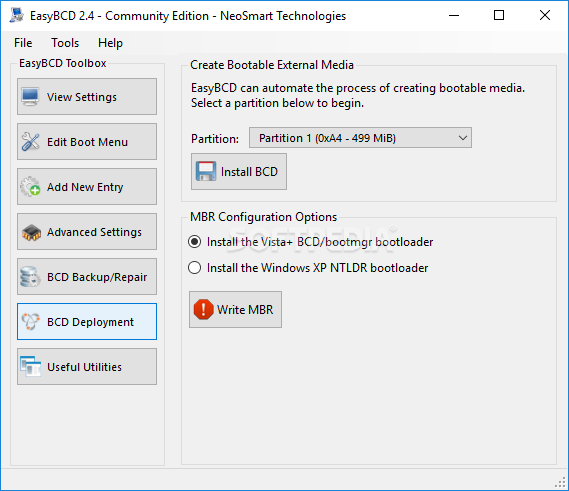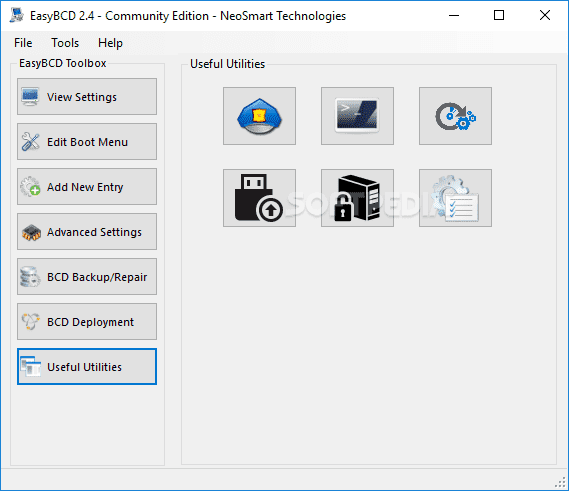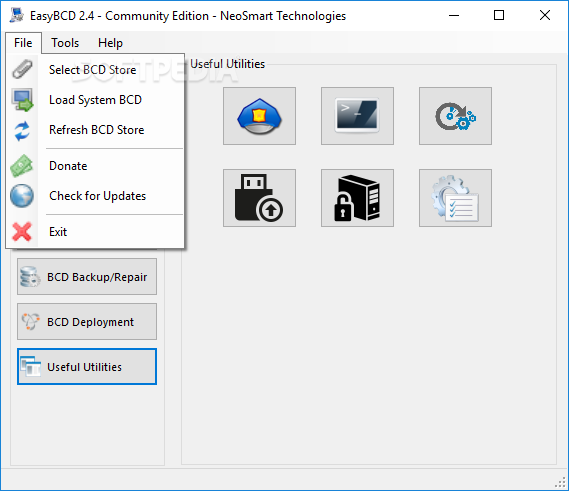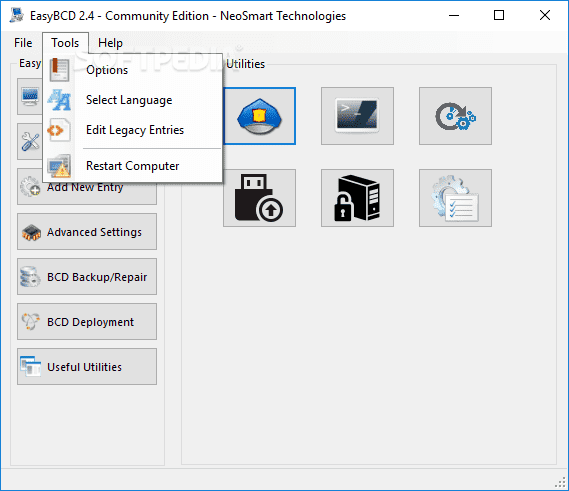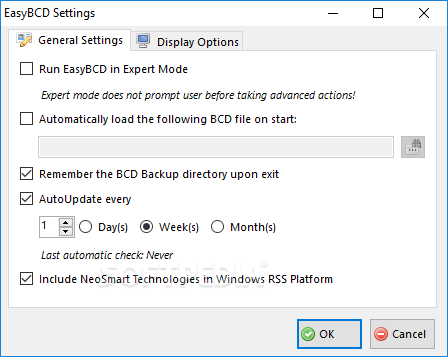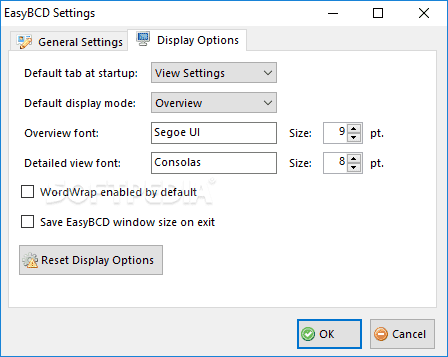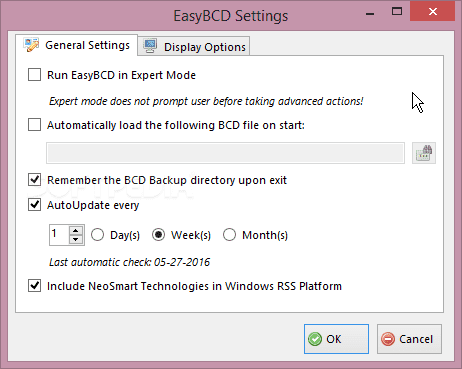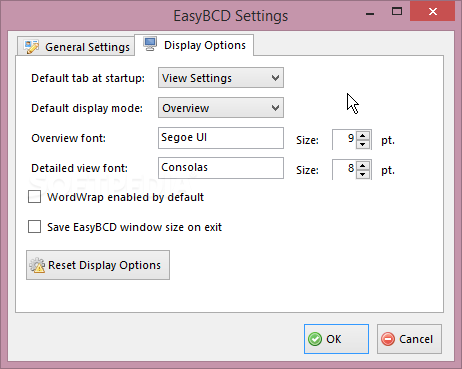Shark's Style
JF-Expert Member
- Oct 27, 2010
- 311
- 182
Wadau nina laptop aina yake ni Compaq presarion CQ 60-218EM ninatumia Windows7 ila kila nikiweka Ubuntu au backtrack inakuwa ina crash mpaka nalazimika kuitoa na kurudishia tena Windows7 inatumia AMD processor na Graphics card yake ni nVIDIA Geforce8200M
Naombeni mwenye kufahamu solution ya hii kitu anisaidie coz kuna baadhi ya Linux zinakubali kwamfano backtrack 4 ila nashindwa kutumia hizi latest versions, sifa zake nyingine ni kama ifuatazo

Natanguliza shukrani zangu kwenu.
Naombeni mwenye kufahamu solution ya hii kitu anisaidie coz kuna baadhi ya Linux zinakubali kwamfano backtrack 4 ila nashindwa kutumia hizi latest versions, sifa zake nyingine ni kama ifuatazo


| ||||||||||||||||||||||||||||||||||||||||||||

| ||||||||||||||||||||||||||||||||||||||||||||
| | ||||||||||||||||||||||||||||||||||||||||||||
[h=1]Compaq Presario CQ60-218EM Notebook PC - Product Specifications[/h] 

|

